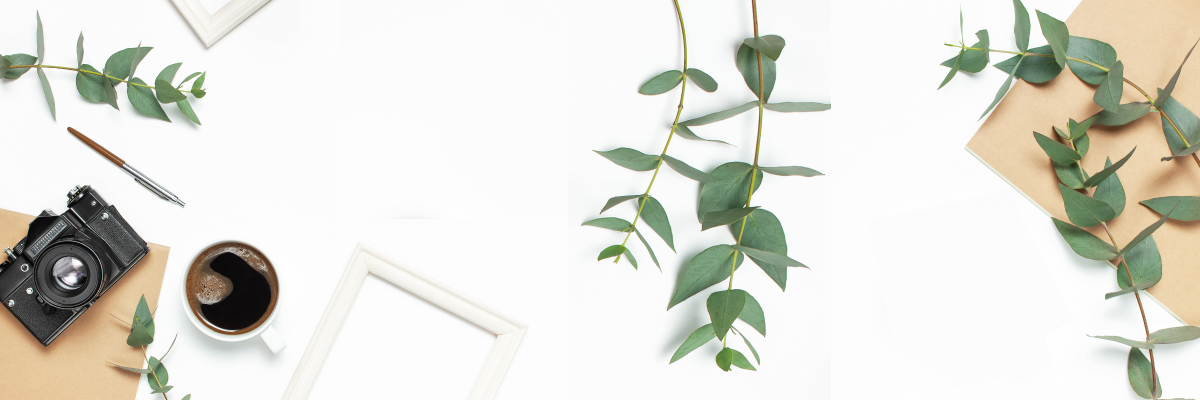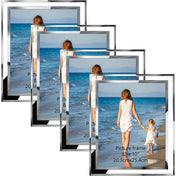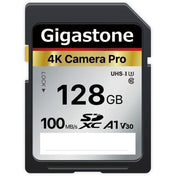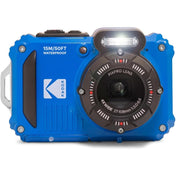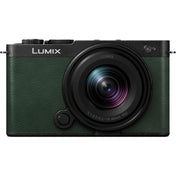Photography is more than just a passion; it’s a way to capture moments that tell a story, evoke emotions, and inspire creativity. Whether you are a budding photographer or a seasoned professional, selecting the right camera can greatly influence your work. Understanding your specific needs and the features available can make the decision-making process much easier. Let’s dive into the various aspects you need to consider when choosing a camera, including the importance of the FujiFilm NP-W235 battery for those long shooting sessions.
Understanding Your Photography Goals
Before you jump into purchasing your next camera, it’s essential to assess your photography goals. What kind of photography do you want to pursue? Are you interested in landscapes, portraits, wildlife, or maybe street photography? Each type of photography tends to favor different camera types and functionalities. Here are some key areas to consider:
1. Type of Photography
Different photography types require different camera specifications:
- Landscapes: Look for a camera with high resolution, excellent color accuracy, and the ability to shoot in various light conditions.
- Portraits: A camera with a large sensor for better depth of field and good low-light performance can elevate your portrait work.
- Wildlife: High burst shooting rates and fast autofocus systems are crucial for capturing fast-moving subjects.
- Street Photography: A lightweight and compact camera that is quick to focus is ideal for candid shots.
2. Skill Level
Your level of expertise can dictate the complexity of the camera you should consider:
- Beginner: Entry-level cameras often come with automatic modes that help you learn the mechanics of photography without getting overwhelmed.
- Intermediate: As your skills develop, you may want a camera that offers manual controls to explore your creativity further.
- Advanced: Professional-grade cameras with high-performance features, interchangeable lenses, and advanced settings may be the way to go.
Camera Types and Features
Once you’ve assessed your photography goals and skill level, it’s crucial to understand the types of cameras available and their specific features.
Digital Single-Lens Reflex (DSLR)
DSLR cameras are known for their versatility and performance. They typically offer a larger sensor, which results in higher image quality, especially in low-light conditions. DSLRs also allow you to change lenses, providing flexibility based on your shooting needs. However, they can be bulky and heavier than other camera types.
Mirrorless Cameras
Mirrorless cameras provide a more compact alternative to DSLRs while still delivering high-quality images. They use electronic viewfinders, which allow for real-time exposure previews. With advancements in technology, they now offer fast autofocus and impressive video capabilities. The FujiFilm NP-W235 battery is often a favorite among mirrorless camera options due to its longevity and performance, making it a reliable choice for extended shooting sessions.
Compact Cameras
Compact cameras, often referred to as point-and-shoots, are user-friendly and portable. They are great for casual photography, travel, and those who don’t want to deal with interchangeable lenses. While they may lack some of the advanced features found in DSLRs and mirrorless cameras, recent models are improving in quality and functionality.
Action Cameras
For adventure seekers, action cameras are the go-to choice. Typically small and durable, they are designed to be mounted and used in extreme conditions. They excel at capturing fast-paced activities like skiing, surfing, and biking. The compact design does not compromise on quality, making them a favorite for many outdoor enthusiasts.
Essential Features to Consider
When selecting your camera, several features should be on your wish list:
1. Resolution
Measured in megapixels, resolution determines how much detail your images will have. For most purposes, 12-16 megapixels are sufficient, but for large prints or professional work, you might want a camera with at least 20-24 megapixels.
2. ISO Range
The ISO sensitivity of a camera indicates its light-gathering ability. A broader ISO range means better performance in low-light settings. Higher ISO values can help in challenging lighting but may introduce noise, so a good balance is essential.
3. Autofocus System
A fast and accurate autofocus system is crucial, especially for subjects in motion. Look for features such as "focus points", "continuous autofocus", and "face detection" to ensure your shots are sharp and clear.
4. Video Capability
If you're interested in videography, look for a camera that offers robust video recording features, including high resolutions, frame rates, and various video formats. Dual-purpose cameras making photography and videography seamless are increasingly in demand.
Portability vs. Performance
One of the key decisions you'll face is balancing portability with performance. Larger cameras often come with more features, but they can be cumbersome to carry. Conversely, more compact cameras are easy to transport but may not offer the same level of image quality or versatility.
Travel Photography
If travel photography is your goal, consider a camera system that is lightweight yet powerful. Mirrorless systems excel in this area due to their compact design without sacrificing performance. Make sure to invest in extra batteries, like the FujiFilm NP-W235, to ensure you don’t miss capturing an unforgettable moment during your travels.
Studio vs. Outdoor Shooting
For studio photography, having a heavy-duty camera system can be beneficial as you can take advantage of controlled lighting. In contrast, for outdoor shooting, choose a system that’s easy to maneuver while maintaining high image quality.
Lens Options
The right lens can dramatically change the quality of your shots. When choosing a camera, consider the available lenses:
Interchangeable Lenses
If you opt for a DSLR or mirrorless camera, the ability to change lenses will offer you creative freedom. Different lenses are designed for different photography types; wide-angle lenses work best for landscapes, while prime lenses can enhance portrait photography.
Fixed Lenses
Compact cameras usually come with fixed lenses. While they limit versatility, they are often optimized for the camera's sensor, providing outstanding results for casual shooting. This is a convenient option for those who want to capture quality images without the fuss of additional equipment.
Price Consideration
Your budget will heavily influence your camera choice. It’s essential to consider not just the camera itself, but also accessories like lenses, memory cards, and external flashes. Additionally, investing in quality batteries, particularly the FujiFilm NP-W235, can add to your initial setup expense. Here are a few tips on budget:
- Set a budget: Determine how much you are willing to spend before you start shopping.
- Buy used or refurbished: Consider looking for quality used or refurbished cameras to save money.
- Don’t forget accessories: Allocate part of your budget for lenses, tripods, and protective gear.
Testing and Feedback
Before making a final decision, if possible, test the camera. Many photography stores allow you to try out models. Getting a feel for how the camera handles and its user interface will give you better insight into whether it’s the right fit for you. Additionally, seeking feedback from other photographers can provide invaluable insights.
Final Thoughts
Choosing the right camera is an exciting but crucial step in your photography journey. By understanding your goals, the types of cameras available, and the essential features, you'll be more prepared to make a wise investment. Remember, a camera is just a tool; the magic lies in how you use it. Don't forget to consider how extra gear, like the FujiFilm NP-W235, will enhance your shooting experience. May your next photography adventure bring you joy and inspiration!
Visit the Shopify or Wix store of a fellow user by following this link to their store. Please note that this is a promotional link, and we are not responsible for the content of the linked store.

